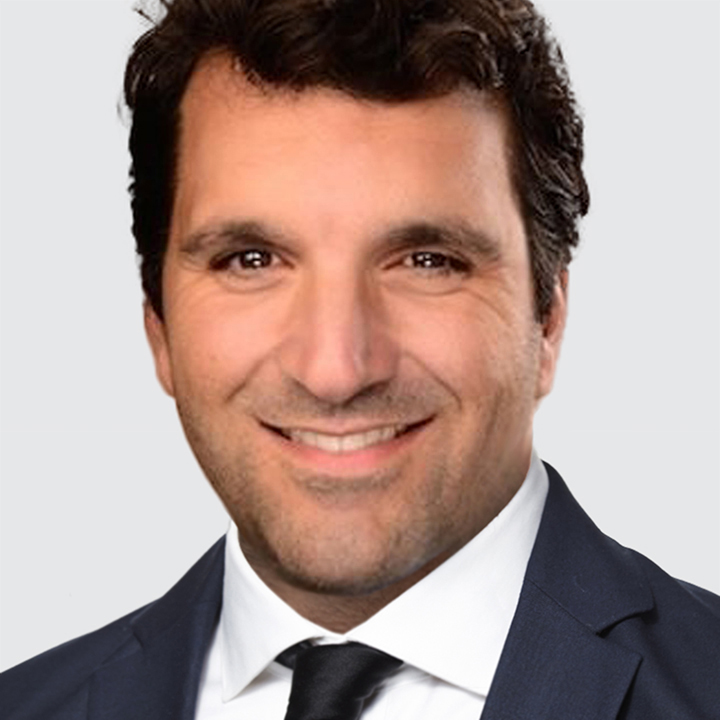- U.S. economic activity is strong and foreign appetite for U.S. long-term securities is rising.
- U.K. retail sales growth exceed expectations. Japan September CPI print was mixed.
- China economic activity remains sluggish, and the property slump worsened. Chinese stocks surge as the PBOC kicked-off its share buyback program.
USD pared back part of yesterday’s solid gains. U.S. equity futures are up, and the U.S. yield curve (10 minus 2-year Treasury yields) is steeper indicative of an encouraging U.S. growth outlook. Indeed, U.S. retail sales growth overshot expectations in September with the retail sales control group up 0.7% m/m (consensus: 0.3%, August: 0.3%). The Atlanta Fed’s GDPNow model is now tracking Q3 annualized growth at a robust 3.4%, up from 3.2% on October 9.
Overall, the bias is for a stronger USD because there is greater room for an upward reassessment in U.S. interest rate expectations relative to other major economies. Additionally, foreign appetite for U.S. assets have improved. Net foreign purchases of U.S. long-term securities increased to a four-month high at $793bn in the twelve months to August driven by private investors. That amount almost covers the cumulative U.S. trade deficit of -$832bn over the same period.
U.S. September housing starts and building permits are today’s focus (8:30am New York). The data is projected to remain consistent with a weak residential investment outlook. Fed speakers include: Bostic (9:30am and 12:30pm New York), Kashkari (10:00am New York), and Waller (12:10pm New York).
GBP firmed up briefly after stronger U.K. retail sales activity reinforced the case for a cautious BOE easing cycle. Retail sales volumes unexpectedly rose 0.3% m/m (consensus: -0.4% m/m) following an increase of 1% m/m in August driven by computer and telecommunications retailers. Retail sales ex. auto fuel also picked up 0.3% m/m (consensus: -0.3% m/m) after rising 1.1% m/m in August. Bottom line: the relative monetary policy trend between the ECB and BOE still favors a lower EUR/GBP.
EUR/USD retraced some of yesterday’s post-ECB meeting slump. As was widely anticipated, the ECB cut the key deposit facility rate 25 bp to 3.25%. The ECB also stuck to its data-dependent guidance reiterating it “is not pre-committing to a particular rate path.”
However, the bar for additional ECB easing is low and an ongoing drag for EUR. The ECB noted “the disinflationary process is well on track” while ECB President Christine Lagarde reiterated that risks to economic growth are tilted to the downside. Moreover, Lagarde confirmed the decision to cut 25 bp yesterday was unanimous and highlighted there was more downside than upside risks to inflation. Market is now pricing in almost 175 bp of ECB rate cuts over the next twelve months that would see the policy rate bottom near 1.50% vs. 2.00% earlier this week.
ECB officials followed through on the bank’s dovish policy outlook this morning. Governing Council member Villeroy said “the direction is clear in my eyes — we should continue to reduce the restrictive character of our monetary policy in an appropriate manner.” Meanwhile, Governing Council member Vasle noted “everything points to the process of disinflation being more robust.”
USD/JPY is struggling to sustain a break above 150.00 as jawboning on the yen resumed. Japan’s chief currency official Atsushi Mimura warned “at the moment we’re seeing slightly one-sided, sudden moves in the currency market… We’ll keep monitoring the forex market with a high sense of urgency, including any speculative moves.”
Japan September CPI print was mixed but still argues for a cautious BOJ tightening cycle which can further undermine JPY. Headline CPI inflation matched consensus and slowed to 2.5% y/y vs. 3.0% in August due to subsidies to slash electricity and gas bills. Core (ex-fresh food) fell less than expected to 2.4% y/y (consensus: 2.3%) vs. 2.8% in August but is tracking the BOJ 2024 forecast of 2.5%. Core (ex-fresh food & energy) unexpectedly increased one tick to 2.1% y/y (consensus: 2.0%) and remains slightly above the BOJ 2024 forecast of 1.9%.
China economic activity remains sluggish and is undershooting this year's 5% growth target. The economy grew less than expected in Q3 (actual: 0.9% q/q, consensus: 1.1% q/q) and the previous quarter rise was revised down 0.2pts to 0.5% q/q. Year-to-date, real GDP growth slowed at an annual pace of 4.8% (consensus: 4.9%) from 5.0% in Q2.
The increase in China’s September prints for industrial production, fixed asset investment, and retail sales growth largely matched consensus. However, the property slump worsened and is an ongoing drag on consumer spending. New home prices are down -6.1% y/y vs. -5.7% y/y in August, the biggest decline since May 2015, and used home prices dropped a record -9% y/y vs. -8.6% y/y in August.
China’s benchmark CSI 300 Index rose 3.6%. The People’s Bank of China (PBOC) launched its share buyback support program, first announced on September 24. The PBOC governor also said he expects another 25 to 50 bp cuts to banks’ reserve requirement ratio (RRR) before the end of the year.
Nevertheless, Chinese policymakers need to deliver a meaningful fiscal stimulus program aimed at boosting consumer spending to sustain the rally in Chinese stocks. Details of China’s recent fiscal stimulus pledge are anticipated to be unveiled later this month. In the meantime, Caixin reported that China may raise 6 trillion yuan (5% of GDP) from ultra-long special government bonds over three years to support economic activity. For reference, China’s 2008 fiscal bazooka which prevented a recession totaled 4 trillion yuan (12.5% of GDP in 2008).
Yesterday, Chile’s central bank delivered on expectations and cut rates 25 bp to 5.25%. The decision was adopted by a unanimous vote and the Board signaled more easing was in the pipeline pointing out “the key rate will see further reductions to meet its neutral level.” The swaps market is pricing in 115 bp of total easing over the next 12 months that would see the policy rate bottom between 4.00 and 4.25%.

